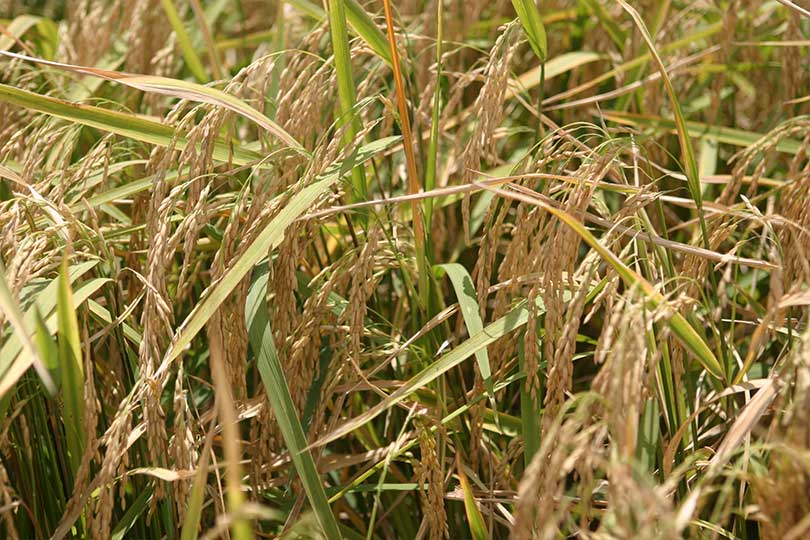By Shelby Shank
Field Editor
The quality and yields for this year’s rice crop are lower due to cool growing conditions and the impact of Hurricane Beryl.
“The only thing I can attribute the lower yield and quality to is the cool weather. Early in the growing season and when Hurricane Beryl came through, a lot of rice was ready to be drained and a lot of it was pollinating,” Craig Guthman, a rice farmer from Wharton County, said. “I feel like the wind and the rain from Beryl beat up the kernels and beat up the blooms on the end of the rice, which caused damage in the mature stage.”
Guthman said yields are down 15 to 18% compared to last year, and quality has also not been where he’d like to see it.
“The quality is not as high as it was in years past, nor was the yield,” Guthman told the Texas Farm Bureau Radio Network.
Farmers were cautiously optimistic about the crop before the hurricane.
“The whole Texas rice crop was affected by Hurricane Beryl in one way or another down here. We were affected by wind and rain. Further east toward Chambers County, they were affected more by rain than wind,” he said. Other rice growers are also reporting lower yields and quality than last year.
“There are grades and yields are anywhere across the board. I’ve heard of them as low as 30 barrels to the acre and as high as 60. It just kind of depends on where your rice was during the storm,” Guthman said.
Rice farmers are also struggling with the lack of downstream water from the Lower Colorado River Authority (LCRA).
“We didn’t have any crop on a lot of those acres except for the acres that we had water wells on. We probably lost 25,000 to 28,000 acres, possibly more. Maybe up to 30,000 acres in the Lakeside District due to LCRA cutting off our water due to the prolonged drought in the Highland Lakes,” he said.
Despite these challenges, Guthman is able to market his crop and bring in a second harvest, or ratoon crop.
Ratoon rice, or second crop rice, is produced from plant regrowth following the main crop harvest.
“It’s looking fairly decent. We started irrigating the second crop after harvest. It looks like it’s going to come back fairly well,” he said.
Guthman will harvest his second crop between late November and early December.
“We’re hoping for no cold or frost between now and then,” he said.
Once the rice is harvested, it will go to a rice dryer. Then, the crop is marketed to local mills.


Leave A Comment